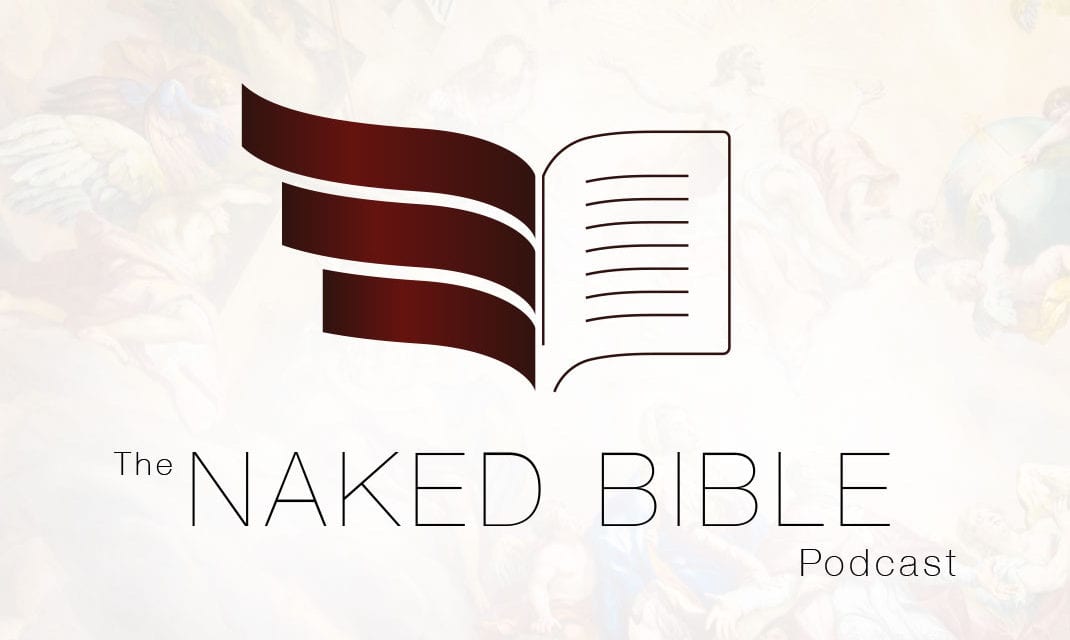Apologies – I forgot to post this episode!
Ezekiel 37 is one of the most familiar in the entire book, but that familiarity really extends only to the first fourteen verses. The chapter actually contains two oracles which telegraph the same ideas and work in tandem. This episode discusses the vision of the dry bones, particularly the debate over whether it provides information on a theology of individual bodily resurrection, and the prophecy of the two sticks representing the rejoining of the two halves of Israel. Both parts of the chapter relate to the restoration of the entire nation and return to the land. The question of fulfillment for these prophecies is also taken up in this episode.
The episode is live.






LOVED this episode. We see an explosion of Genesis 6 and Psalm 82 language between the testaments. Just curious if the internal sin language does the same? I know you said in UR that the sin of Adam is only mentioned a handful of times where as all the rest of the literature lays the world’s problems at the feet of the watchers. But I’m wondering why the NT has a lot more sin talk than just Ezekiel 36 and 37. Not trying to poke holes… just want to be able to competently teach Bible study. Thank you for all that you do!
Once again, I have points of contention here I feel the need to bring up (Maybe indicative of a psychological problem on my part):
1. New Testament temple talk (1 Corinthians 3:16) is not incompatible with the idea of a literal, physical temple in addition to the body of the church.
Considering even today we have church buildings and prior to the second temples destruction in 70 AD believers still valued the temple (Acts 5:42). There is absolutely no reason why God can’t have a physical temple in Jerusalem and have believers with a the spirit indwelling them at the same time. (Not to mention the Antichrists “Abomination Of Desolation” not making much sense without a temple)
2. You seem to dismiss the “Sacrifices as memorial” idea rather harshly, but we all have bible’s and still take the lord supper as a memorial. A physical reminder can sometimes be more potent in some ways.
Frankly, I don’t know exactly what the purpose of Ezeikiels temple and sacrifices are. But I don’t see that remotely as reason to diliteralize to the point of butchering a very literal text (dimensions, exact layout, measurements and division of land, etc. etc. etc.). Why not just let it mean what it says without knowing “why” exactly these things are the way they are?
3. Finally, I don’t see how the idea of a distinct millennium and new heavens and earth is “cheating” or “part of the system”. It is just a plain reading of the last 3 chapters of Revelation. At face value it has:
*Battle of Armageddon
*Satan locked up for 1000 years in which believers reign with Christ
*Satan released, deceives the world and gathers an army which is destroyed
*Great white throne judgement
*New heaven & earth
That isn’t a system, it’s just reading those chapters at face value. And given that none of Ezeikiels prophecies for the temple say it will be eternal, it makes sense that this was refering to the millennium, and the temple only lasts 1000 years.